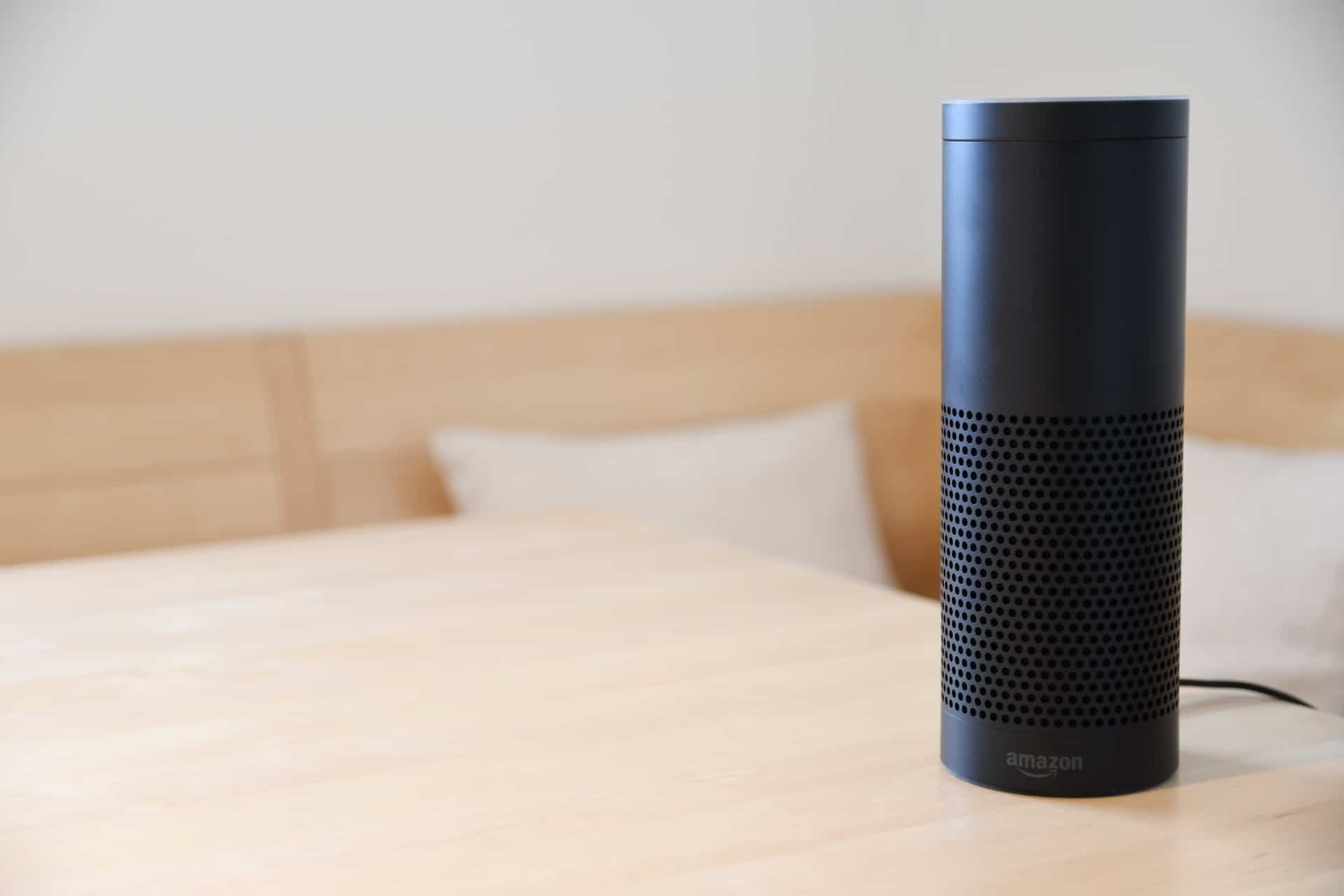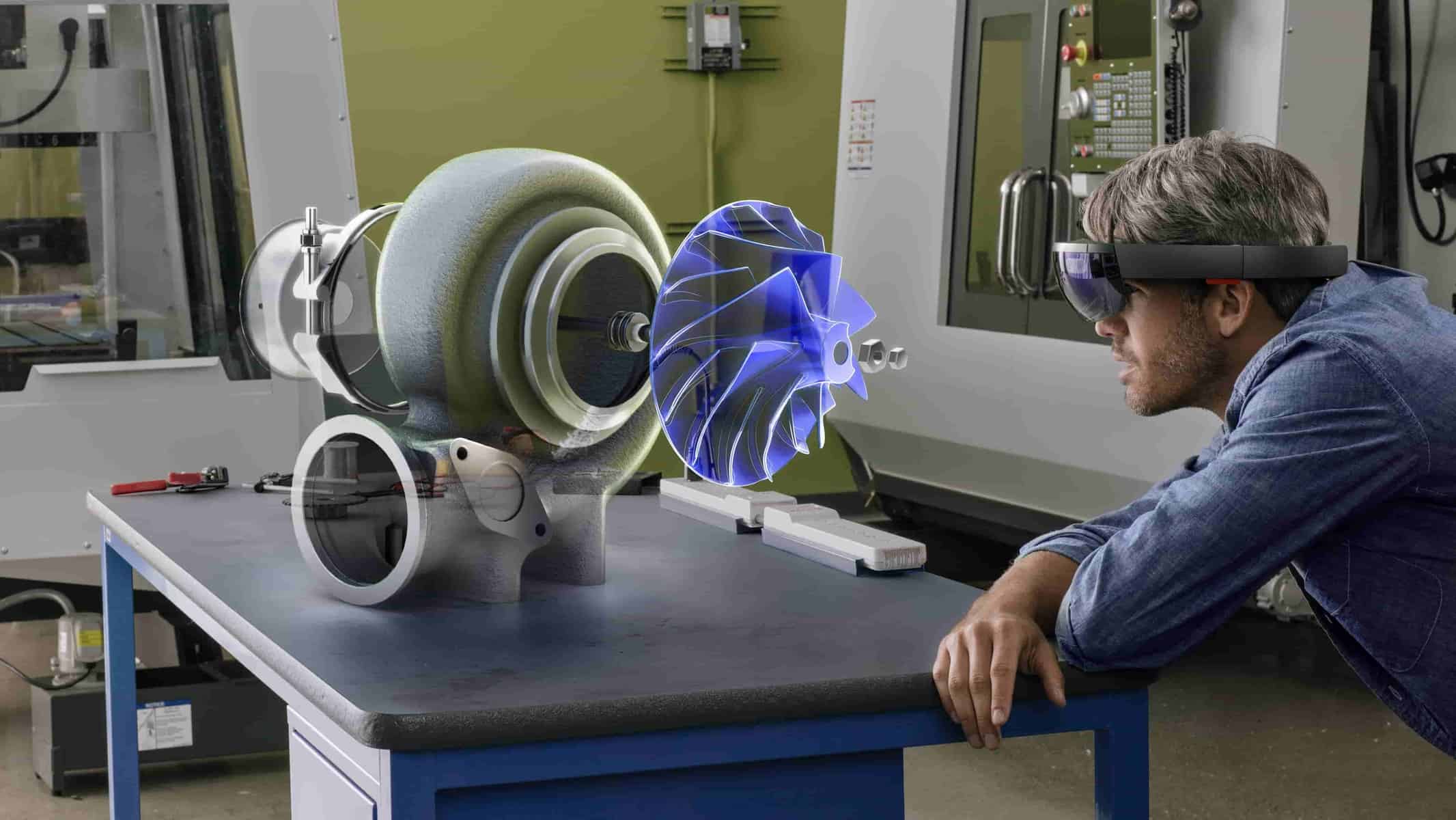Zero UI: The Latest Trend in UI Design
User Interface is how a person interacts with a device, program, or website. The fundamental way people interact with the digital has been a significant topic for marketers, technophiles, and developers alike in the digital age.
However, a new form of UI named Zero UI is taking precedence at the forefront of technology that breaks away from the tradition thought of UI design.
What is Zero UI?
Zero User Interface refers to AI responding to humans, as opposed to humans responding to devices and AI. It starts with how the AI can interact with the person through a person’s movement or voice. Things like personal voice assistants and mixed-reality screens are examples of how technology can interact with humans without an interface.
Any time you’ve interacted with technology in a way that avoids using a screen, Zero UI is at play. Voice controlled remotes, haptics that responds to touch, and augmented reality are all examples of Zero UI design.
Personal voice assistants are not recent technology, with voice bots like Amazon’s Alexa and Google’s Home more popular than ever. Their interactions with humans allow a person to search, buy, and interact with an AI through voice alone. The interface between human and machine streamlines into the physical world with no need to touch a device to use the AI.
Mixed-reality is similar to augmented reality and more powerful than virtual reality, as it is the mixing of the physical world and the digital world. While this technology is not as close to fruition as voice search, mixed-reality eliminates the use of the need for a device to use the digital world, as humans can move around and interact with their bodies in a mixed-reality world.
Gartner predicts in the next five years, 100 million consumers will shop in an augmented reality world, and 30% of all web browsing will occur without a screen, so the concept of Zero UI may not be far off.

Mixed-reality is similar to augmented reality and more powerful than virtual reality, as it is the mixing of the physical world and the digital world. While this technology is not as close to fruition as voice search, mixed-reality eliminates the use of the need for a device to use the digital world, as humans can move around and interact with their bodies in a mixed-reality world.
Gartner predicts in the next five years, 100 million consumers will shop in an augmented reality world, and 30% of all web browsing will occur without a screen, so the concept of Zero UI may not be far off.
How Can Zero UI Affect the Future of UI Design?
If Zero UI is the next leap in UI design, the most prominent switch is to focus on how AI interacts with the physical world. AI must now perform to the needs of how humans interact in the world and compliment it.
UI designers will think of Zero UI as a way to create more natural interactions with technology. It becomes a humanistic approach to design because it solely relies on the human in their more natural state still using technology.

When you load the app, centered up top is a box that asks “where to?” The app explicitly lets you know the preferred action is to type in the location/address you would like to take your Uber to.
This is proper UI design because it does not leave the user of the app guessing on what to do or where to go. The user immediately understands where to type in their desired location and how to get their ride.
Never leave the user guessing on their next action, use proper UI design and offer them the next step easier.
What Does Zero UI Mean for Everyone Else?
Zero UI means a readjustment for the consumer. We have spent so many years accustoming ourselves to interacting with screens to use technology that we will have to readjust to a more natural state of using our voices and bodies to do what we do now on the screen. The natural may for a little while feel unnatural.
Zero UI also opens different marketing techniques for business. Companies can now advertise their products through voice assistants and augment reality. Logos can appear anywhere in someone’s home through mixed-reality, and a personal voice assistant becomes the new radio for commercial ads, with more analytics and targeting techniques available. Instead of guessing your demographic by the type of music played on a radio station, marketers can collect data through habits of use for the personal voice assistants and have ads more specifically targeted.
When mixed-reality becomes more accessible, a user may see brand logos through the augmented reality targeted to them according to their Facebook interests. Zero UI has a lot of potentials that are already utilized and has yet to flourish completely.





